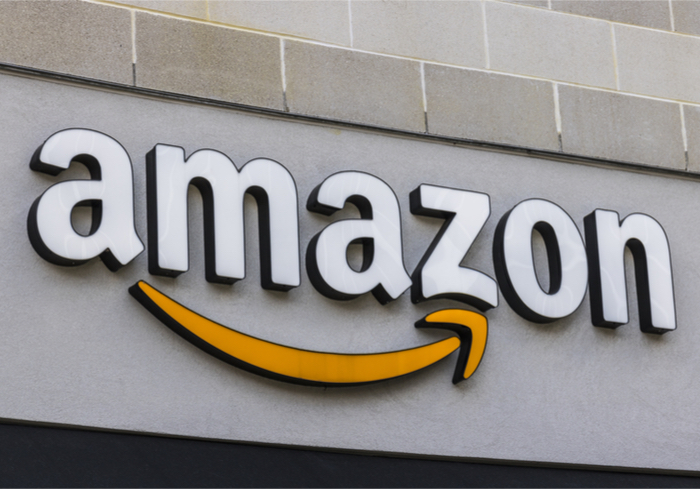Amazon ‘Pay By Invoice’ Rankles Sellers

Earlier this month, Amazon officially launched its Pay by Invoice feature — and many small sellers aren’t happy about it.
Pay by Invoice officially went into effect for third-party sellers on Aug. 8. With the new service, companies get a credit for selling their merchandise on Amazon accounts, but buyers don’t have to actually make a payment when they hit the Buy Button. Instead, they’re invoiced and have the option to have an extended payment due date.
According to Jerry Kavesh, CEO of 3P Marketplace Solutions, a consulting firm for marketplace sellers on Amazon, this payment service could hurt sellers who rely on fast payments to buy inventory and fund their operations.
“Cash is always tight and challenging for small companies,” said Kavesh, according to CNBC. “This policy could put sellers in a cash bind, where they may not be able to pay suppliers and employees, which is problematic at best, and [at] worst could put them out of business.”
Amazon has assured sellers that it will credit payment on invoiced orders “as soon as the customer payment is processed and no later than the seventh day past the due date of the customer’s invoice.” Sellers also have another option that will enable them to get paid even faster, but it comes at a cost: 1.5 percent of the total invoiced amount.
Those on Amazon’s seller forums have debated whether the feature would help or harm them, with one merchant writing, “This might work for big distributors with enough budget to cover any terms, but not for me or any small business owners.” Another seller pointed out that “just a single order for $5,000 of gear not paid for 30 days is enough to put many small businesses in a cash flow pinch with their suppliers, who are not going to wait 30 days.”
Kavesh agreed, saying that since small sellers often survive on thin net profit margins of 2 percent to 5 percent, many might find it hard to stay in business.
“This new policy at least doubles the cash a small seller needs to have on hand in order to operate, which many small firms simply do not have and do not have the ability to access,” he said.